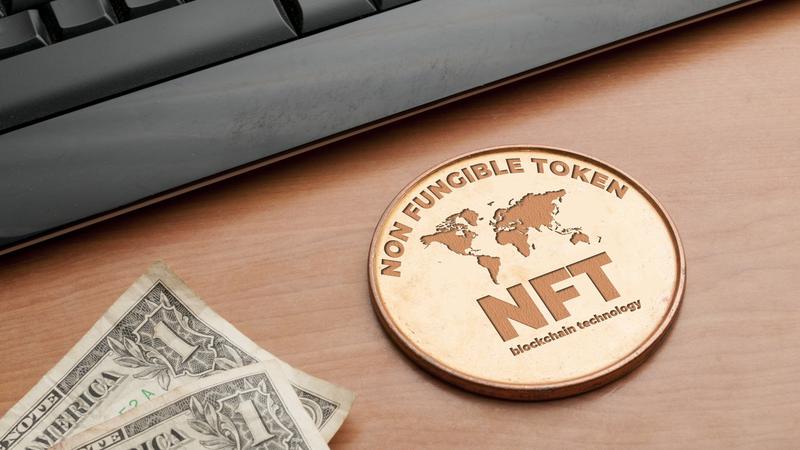
CHARBONNEAU: Non-fungible tokens could help artists make a living
I DIDN’T REALIZE MY ART WAS NON-FUNGIBLE but that was because I didn’t know what the word fungible meant. Until recently, fungible was rarely used outside legal circles.
Now, non-fungible tokens (NFTs) have become all the rage.
Fungible things can be exchanged for something else of the same kind: they are equivalent. A twenty dollar bill is fungible because it can be exchanged for a ten and two fives. A house is not fungible because you can’t exchange it for a garage and two sheds. They are not equivalent.
My art is non-fungible. One of my acrylic paintings can’t be exchanged for a charcoal sketch and two plastic-fork mobiles.


